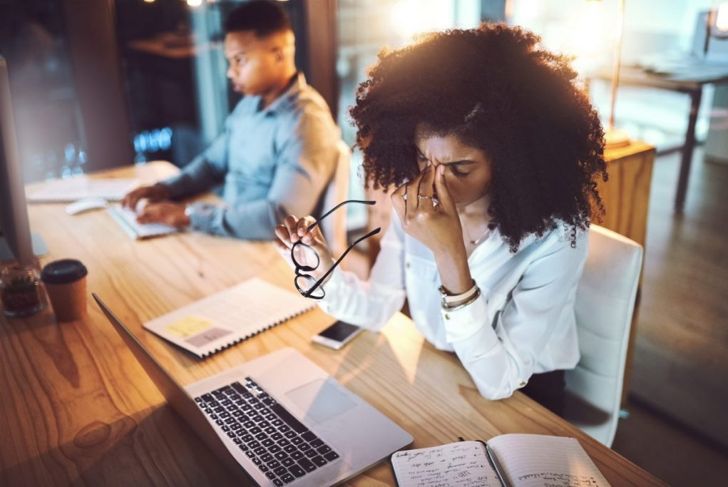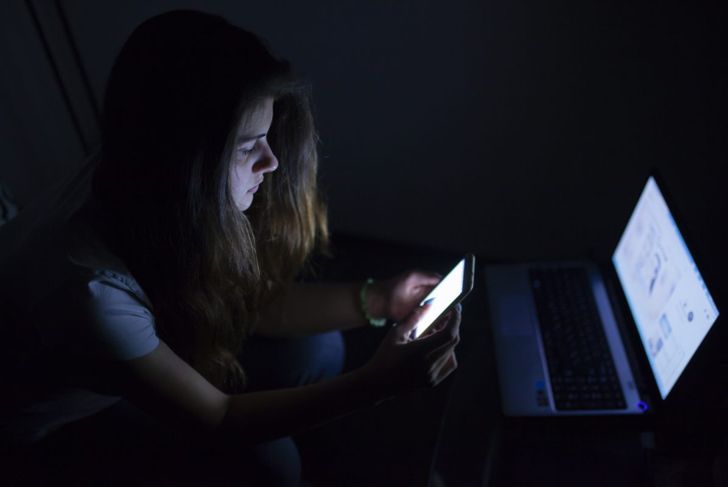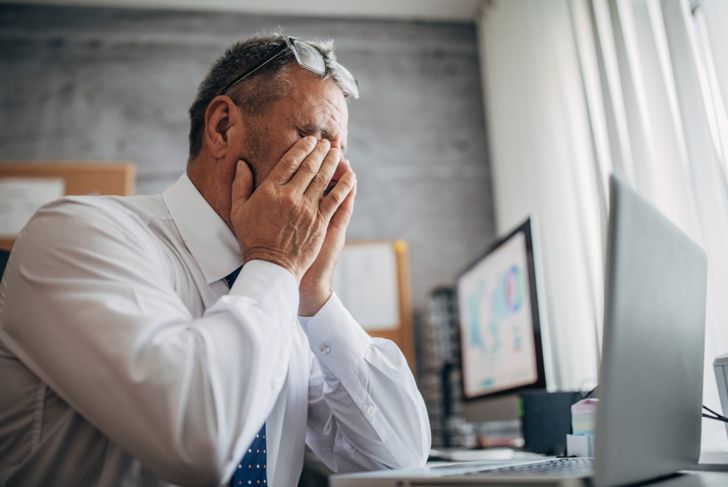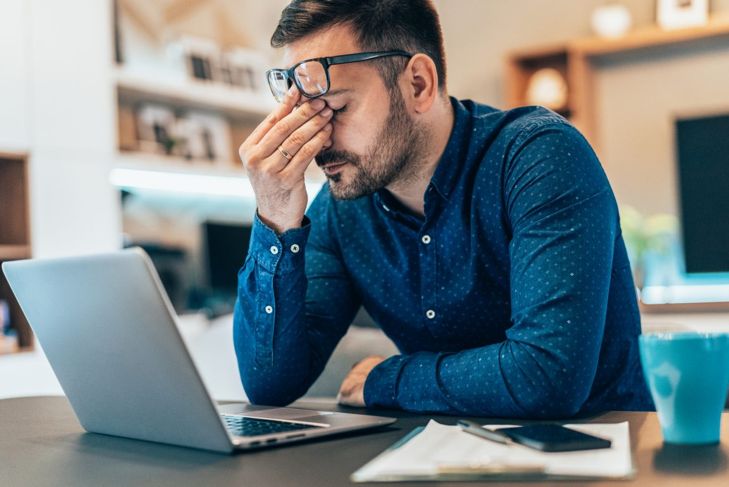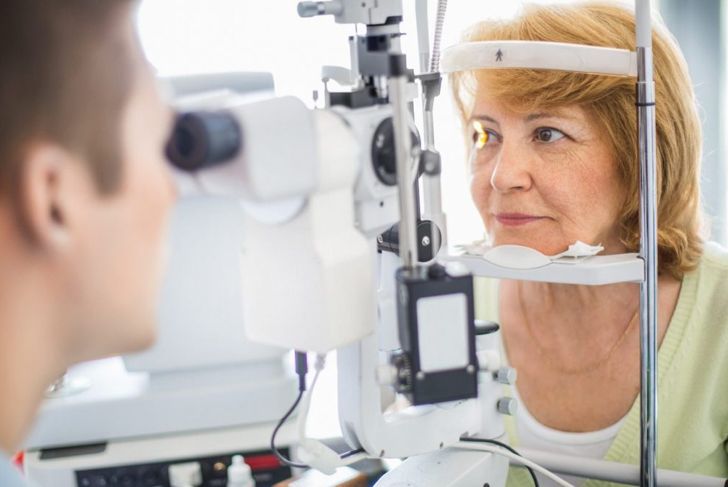Eye strain, the common name for asthenopia, affects millions of people every day. It results from the intense focus of the eyes, like when reading or working on a computer. The rise in popularity of digital devices has led to significantly more people experiencing eye strain. While uncomfortable, eye strain in itself is not a serious condition, and it is simple to prevent.
Signs and Symptoms
While sore, tired, burning, or itching eyes are the most common symptom of eye strain, the issue can also lead to watery or dry eyes and blurred or double vision. Some people develop a sensitivity to light. These symptoms may make it difficult to concentrate. Additionally, headaches may develop alone or alongside other symptoms.
Causes
When concentrating on a task, the ciliary muscles inside and the extraocular muscles around the eyes become strained. This strain is responsible for the discomfort and soreness that is typical of eye strain. A wide range of situations can strain these muscles, but the most common are
- Looking at screens and monitors
- Reading for long periods
- Driving long distances
- Straining to see in the dark
- Underlying eye issues
- Stress
- Fatigue
- Dry environments
Computers and Digital Devices
In recent years, computer and digital device usage has become one of the most frequent causes of eye strain, due to their significance in the daily lives of most individuals. People tend to blink less while using devices, which leads to dry eyes. Additionally, many people view digital screens at angles that are bad for the eyes. Many devices also have glare or reflections that force the eyes to work harder to focus.
Visual Triggers
In some cases, the way an object looks can contribute to eye strain. A page or photograph that features two copies of the same image, stacked but slightly displaced, can strain the eyes. Printer errors are often responsible for this. The brain misinterprets the image as diplopia or double vision and attempts to correct it. Blurry images, even those with minor blurring for censorship, may cause the ciliary muscle to tighten as it attempts to focus out the blur.
Eye Strain Headaches vs. Other Causes
It can be difficult to identify whether or not a headache is the result of eye strain. Eliminate the triggers of eye strain to see if the headaches improve. If the headaches do not improve, it could be a sign of a serious underlying issue. Contact a physician immediately if over-the-counter painkillers do not help, if recurring headaches interfere with daily life, or if specific movements trigger them.
Home Remedies
Eye strain is relatively simple to prevent and treat at home. Adjust the lighting so that rooms are softly lit. When working, stay in well-lit areas with shaded lights. Take breaks and limit screen time to rest the eyes. Some areas may need a humidifier to prevent eyes from drying out. Additionally, one of the biggest contributors to eye strain is not wearing the correct eyewear.
Tips for Device Use
When using a digital device, blink more often to keep both eyes moist. Try the 20-20-20 rule to prevent overusing the eyes. Every 20 minutes, look at an object 20 feet away for 20 seconds. When working at a computer, place the monitor about an arm’s length away and keep the top of the screen at or slightly below eye level. Adjust device screen brightness and tint to more comfortable settings.
Professional Help
If lifestyle changes do not improve eye strain symptoms, it is important to visit an ophthalmologist to ensure there are no underlying issues. At the appointment, describe the symptoms, including their severity, frequency, and how long they last. A doctor will then check both eyes and test the muscles to determine the best treatment option.
Alternative Remedies
Some people turn to natural options to help treat their eye strain. Some of the most popular claims focus on products like bilberry extract and fish oil. However, further study is necessary to confirm the efficacy of these claims. Before using any supplements or alternative remedies, speak with a doctor to ensure they are safe and will not interfere with other medicines or health concerns.
Portable Prevention
Because many people work in offices or similar areas where they cannot adjust factors like lighting and humidity, having accessible treatment options is important. Lubricating eye drops are extremely effective and can easily fit into a bag, pocket, or drawer. Consider keeping a pair of tinted computer glasses on-hand to help block more intense light, and be sure to look away from the screen regularly.

 Home
Home Health
Health Diet & Nutrition
Diet & Nutrition Living Well
Living Well More
More